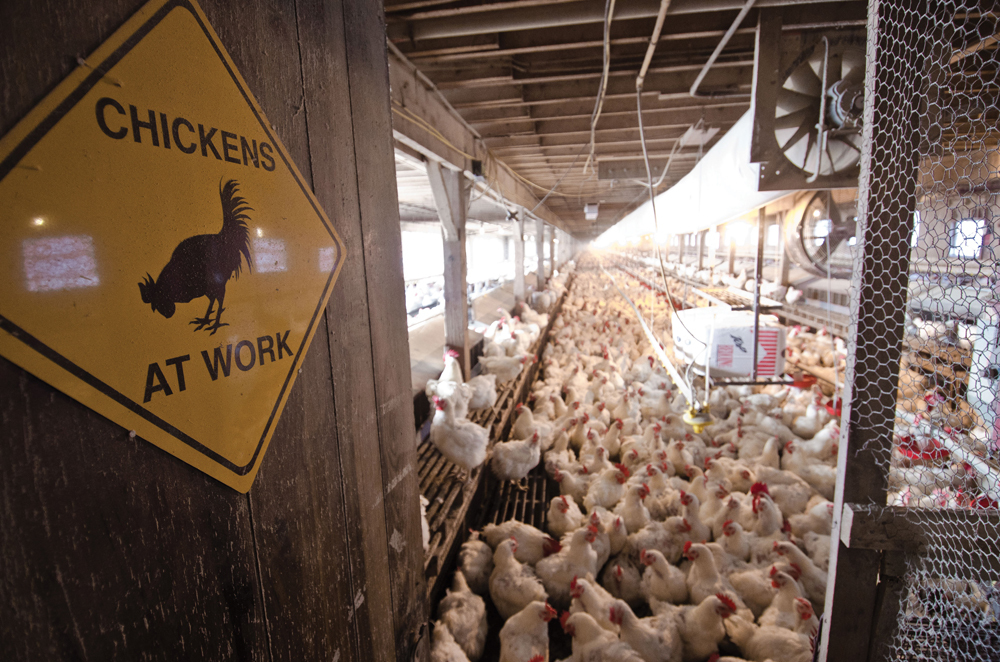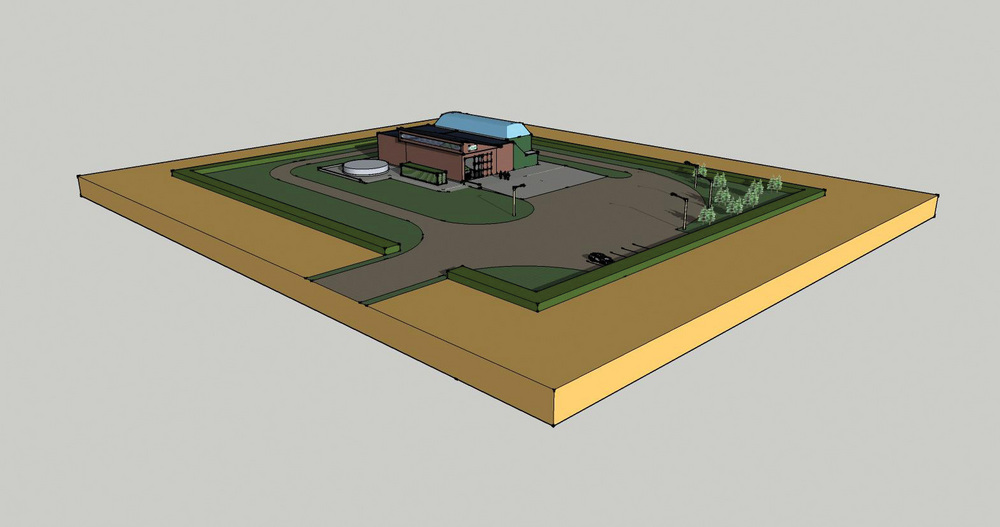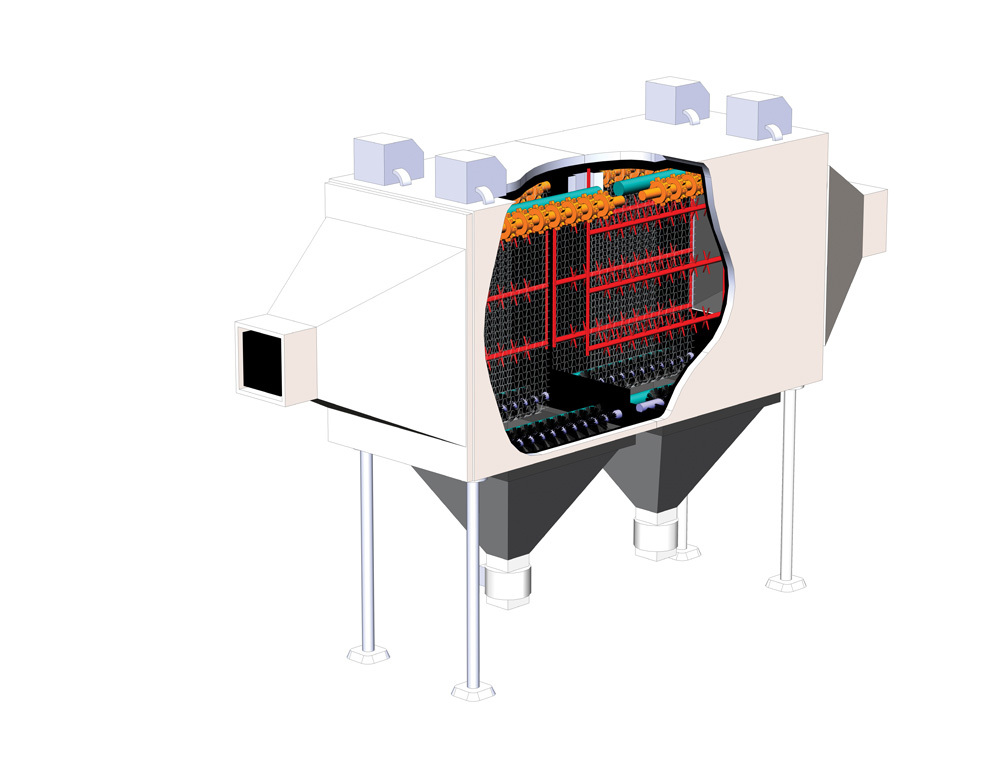The Poultry Litter Landscape










PHOTO: USDA
May 23, 2012
BY Luke Geiver
Advertisement
Advertisement
Related Stories
Clean Energy Technologies Inc. on Oct. 16 announced the Vermont PUC is reviewing a permit application for a proposed 2.2 MW project will use pyrolysis and gasification technologies to convert biomass into renewable synthetic gas for clean combustion.
The U.S. Energy Information Administration on Oct. 15 reported that approximately 1.684 million U.S. households used wood as a primary heating source last winter, down 1% when compared to the previous year.
Roeslein Renewables says global maritime shift could unlock $200 billion in new agricultural revenues
The International Maritime Organization’s Net-Zero Framework is expected to accelerate demand for biofuels. By 2030, biofuel demand for maritime use could grow by up to 25 million metric tons; one-third of global demand.
Renewable are expected to account for 24% of U.S. electricity generation in 2025, increasing to 26% in 2026, according to the U.S. Energy Information Administration’s latest Short-Term Energy Outlook, released Oct. 7.
CHAR Technologies Ltd. has announced its Thorold Renewable Energy Facility project remains on track to complete construction of its commercial biocarbon production line by year-end, with RNG production expected in 2026.





